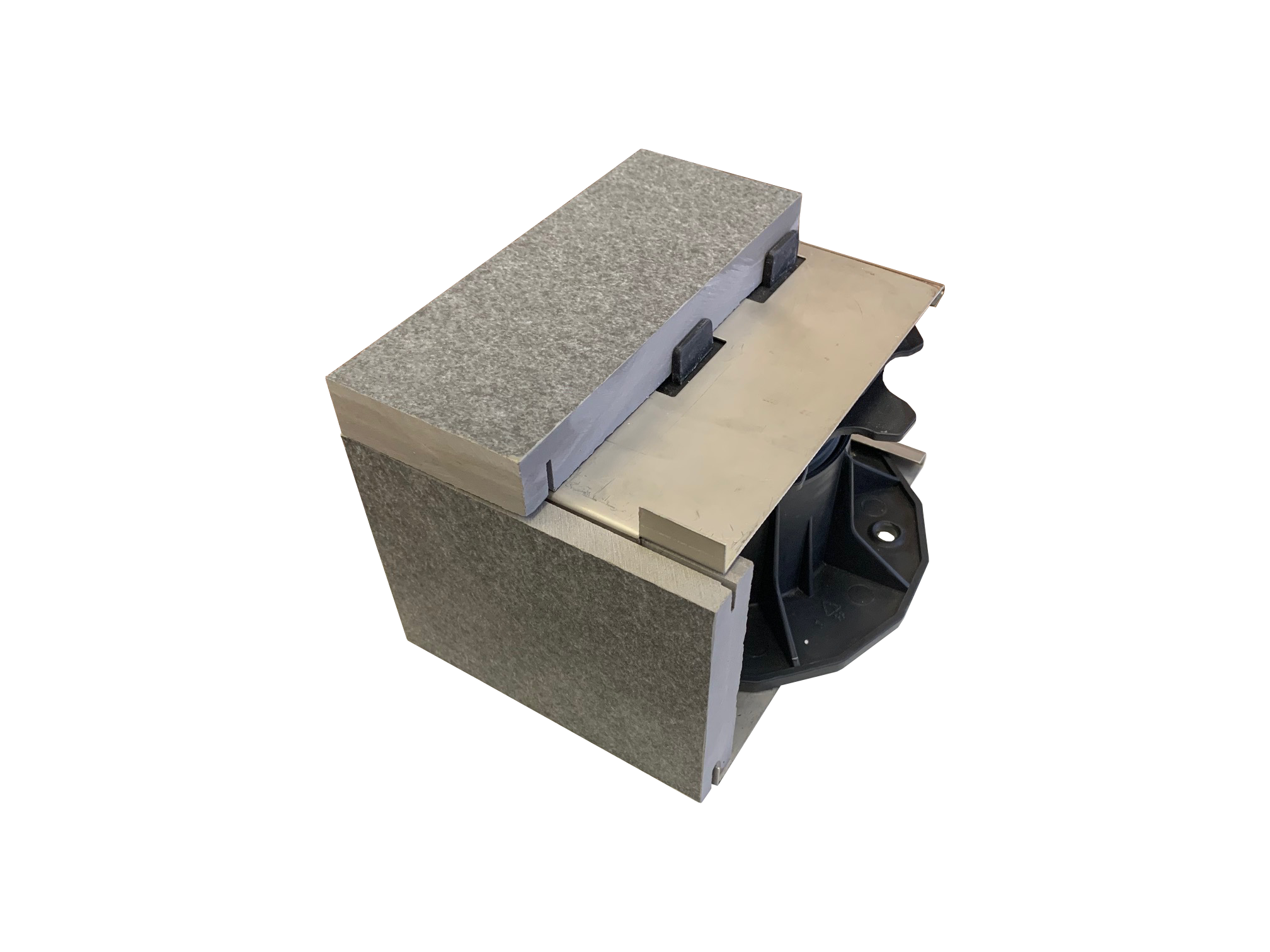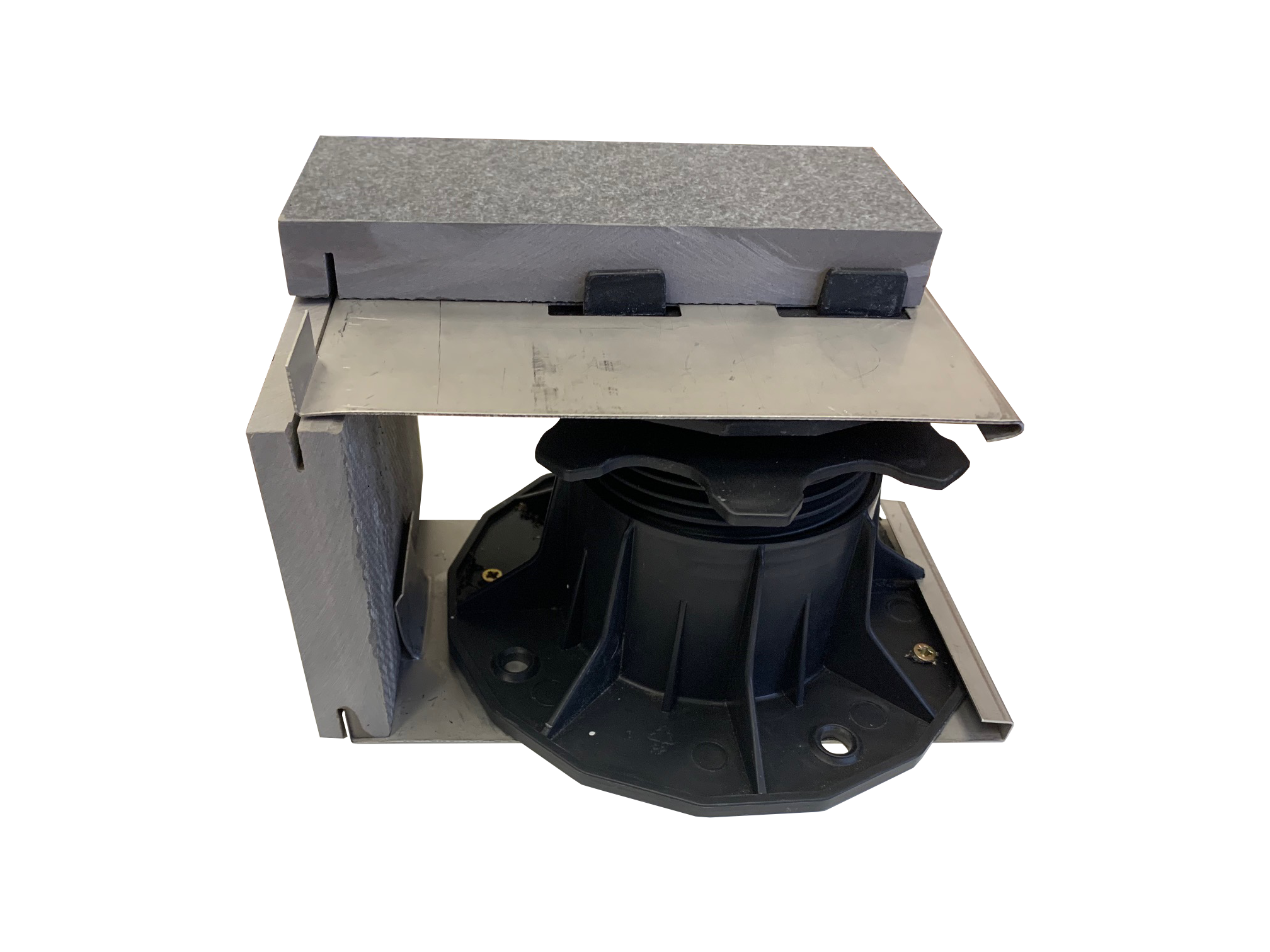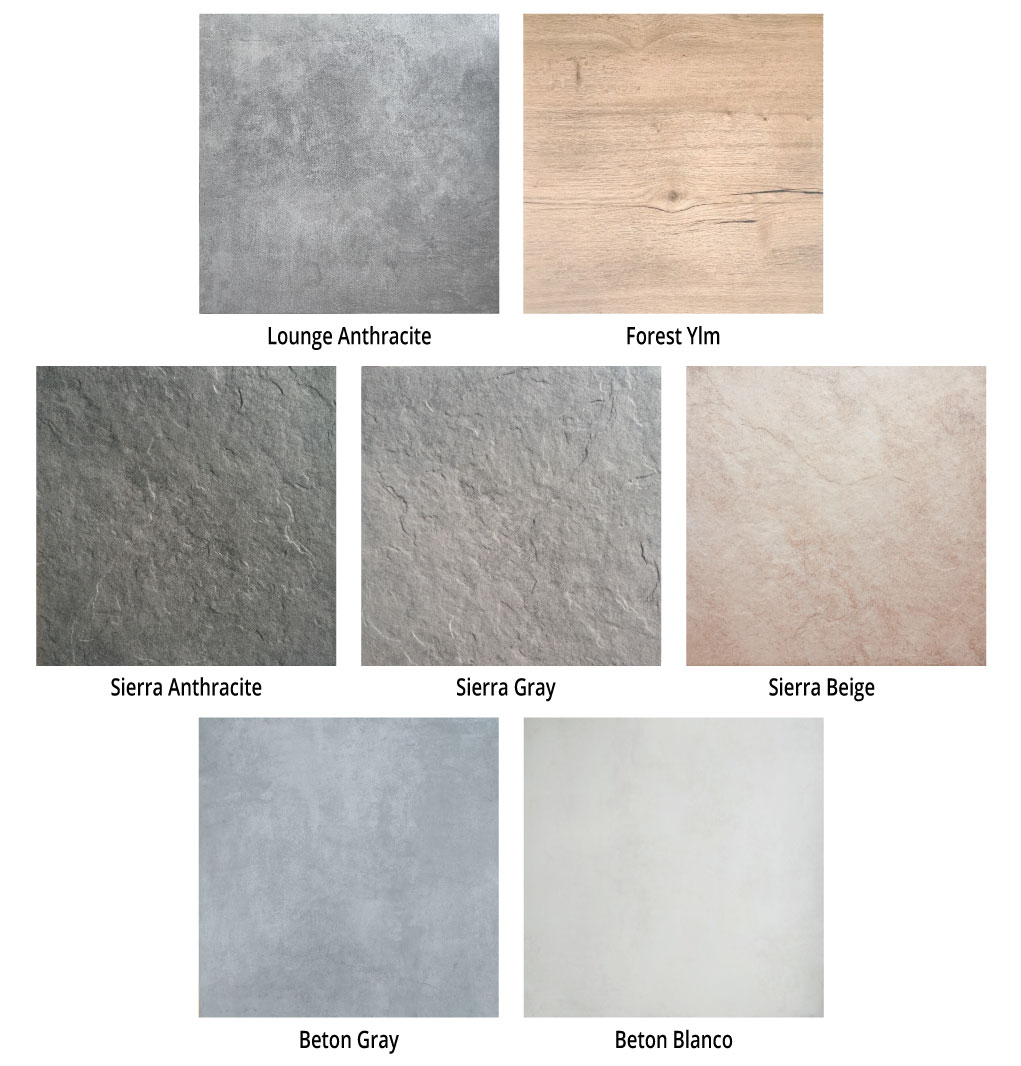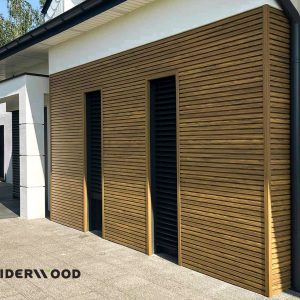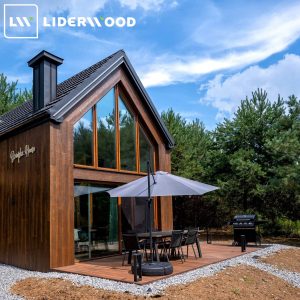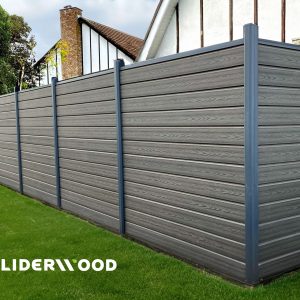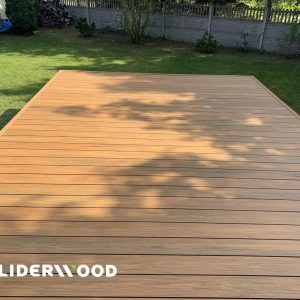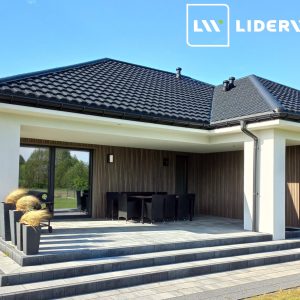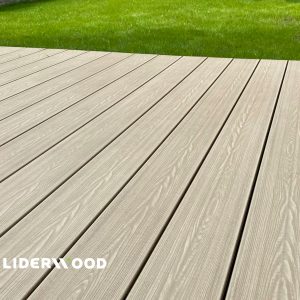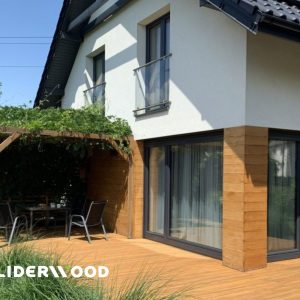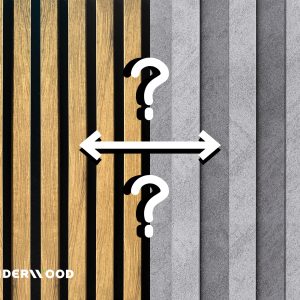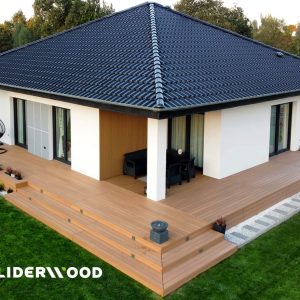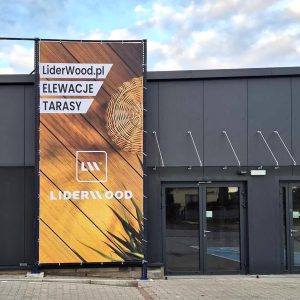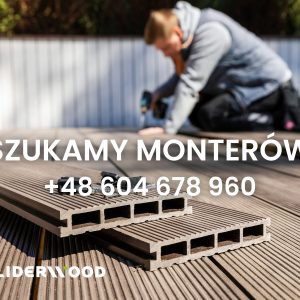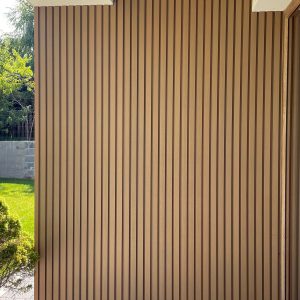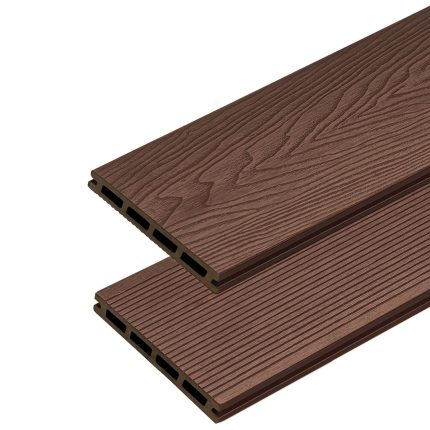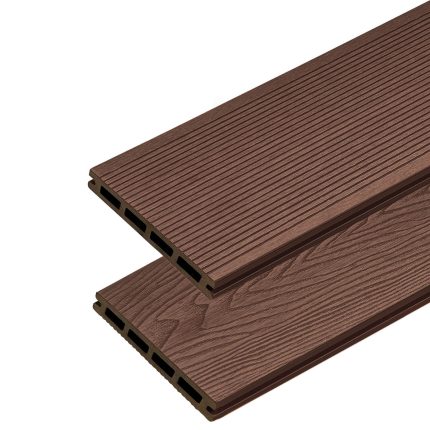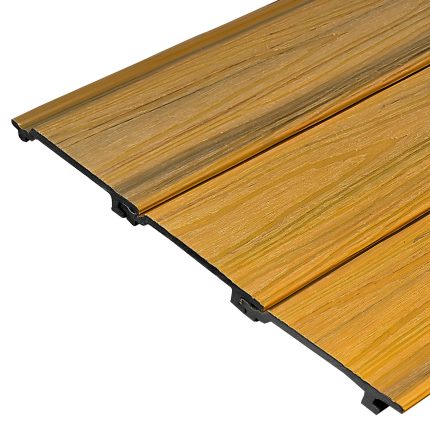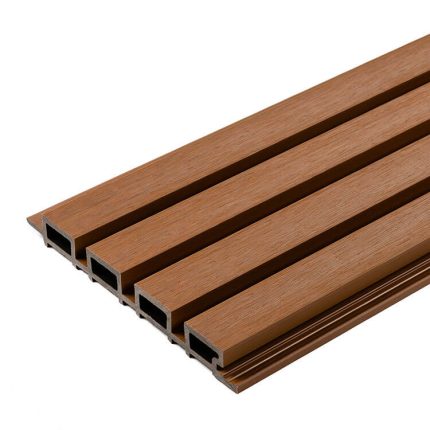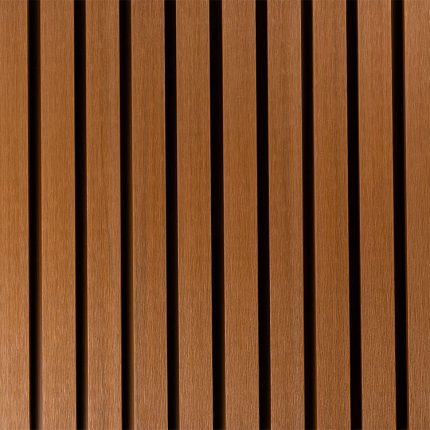Ventilated Terrace on Adjustable Pedestals for Porcelain Stoneware Tiles
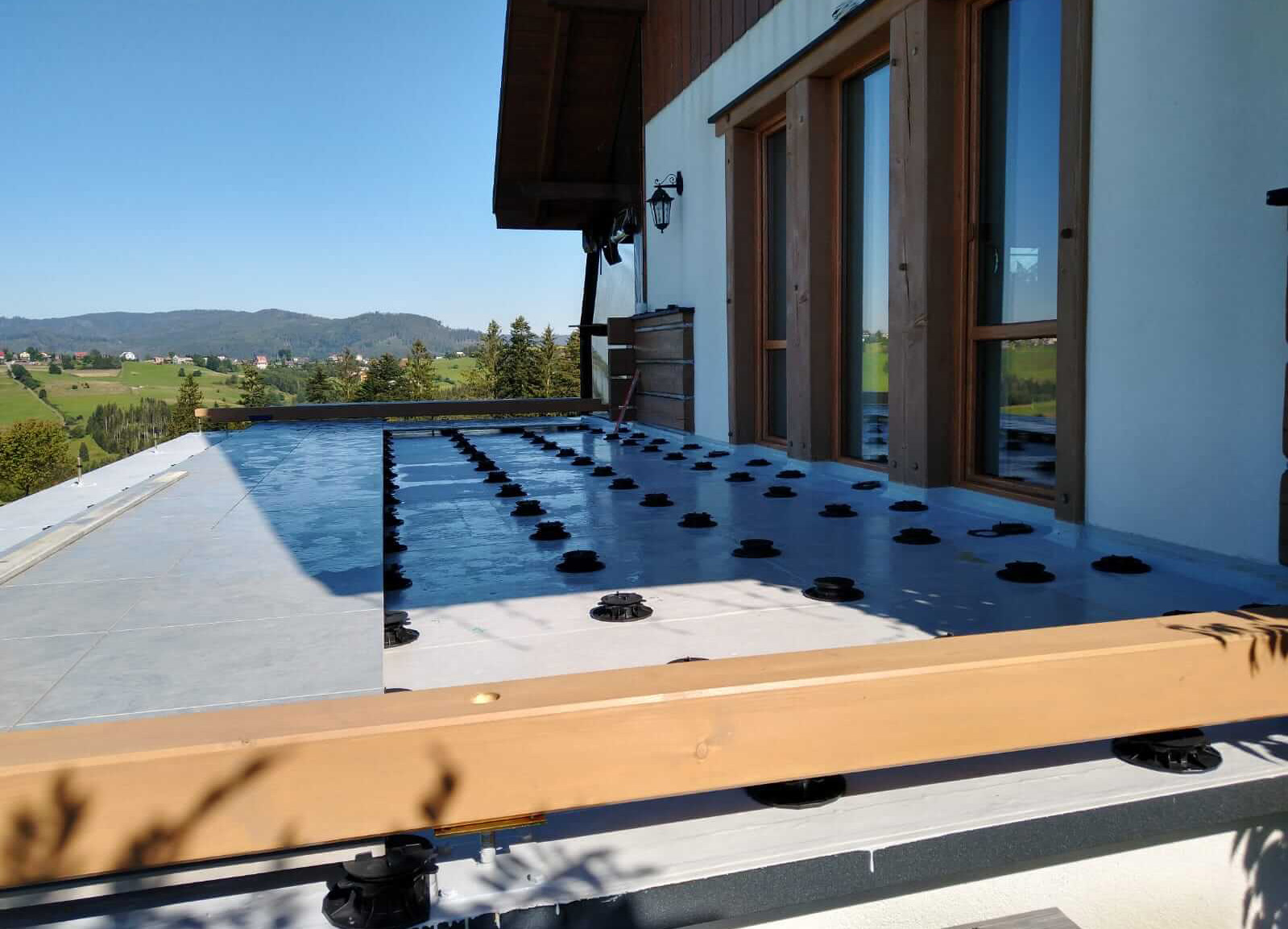
A ventilated terrace in our climate zone is truly a durable solution compared to gluing tiles, which is why it is gaining more and more popularity. This solution is also ideal for balconies.
What is a ventilated terrace?
A ventilated terrace, also known as a raised terrace, is a structure consisting of pedestals and tiles placed on them. The ventilated terrace technology ensures that the constructed terrace will last for many years without causing any issues. The primary benefit of a ventilated terrace is that it allows for the free flow of water and air circulation.
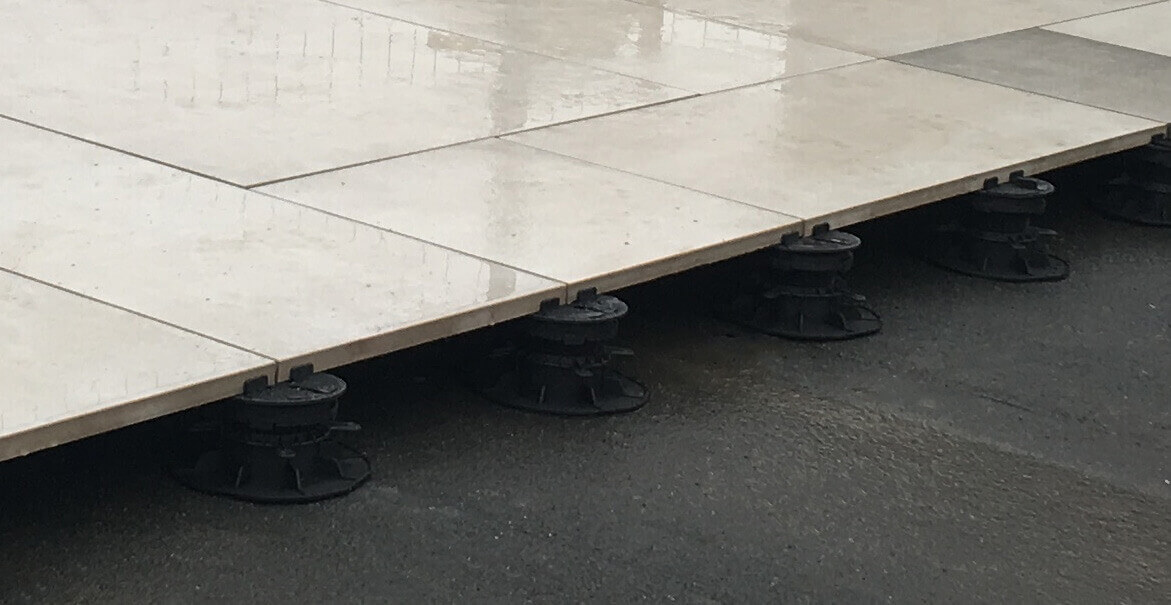
Ventilated Terrace on Adjustable Pedestals for Porcelain Stoneware Tiles
A ventilated terrace on adjustable pedestals offers more than just ease of installation. It’s hard to find a simpler and faster method than placing tiles on pedestals at their corners, which is stable and easy to maintain. During installation, any imperfections or differences in the height of the pedestals can be easily corrected — you can always lift the tile. Additionally, it is possible to replace individual tiles, making terrace repairs easy and cost-effective without affecting the stability of the structure. The ventilated terrace can be built on various substrates — you just need to prepare them properly. Moreover, you can install utilities underneath the tiles, and the cost of a ventilated terrace is relatively low.
Step-by-step installation of a ventilated terrace
The installation of a ventilated terrace on adjustable pedestals using porcelain stoneware tiles can be divided into three parts: preparing the substrate, placing the pedestals, and laying the tiles.
First, ensure that the substrate is even and solid. To enable proper drainage, the slope of the tiles should be 1-2% away from the building walls. Leveling discs can be used for this purpose. In some cases, leveling the height differences of the tiles is necessary — you can adjust the height of the terrace pedestals and, if needed, use rubber cushioning pads.
On the properly prepared substrate, place the terrace pedestals, on which the tiles will be laid directly. The tiles are installed without screwing or fastening — each corner of the tile rests on a pedestal. It’s important to leave a 3 mm gap between the tiles to allow for water drainage.

Laying porcelain stoneware tiles on adjustable pedestals
Finishing a ventilated terrace
The final step is finishing the ventilated terrace or balcony. For this, you will need fastening elements. On the external side, use the APC-1 (lower) and APC-2 (upper) fastening elements. They are placed under and on top of the pedestal. The upper fastening element has two holes for spacer clips. You need to trim the other two and, if necessary, trim part of the pedestal base. The ATP-3 (wall bumper) is used to finish the terrace from the inner side. To adjust the tiles on the terrace edges, they should be cut and fitted accordingly.
- Elementy mocujące – wykończenie tarasu z płyt od strony zewnętrznej
- Odbojnik od ściany – wykończenie tarasu z płyt od strony wewnętrznej
Which pedestals to choose for the tiles?
For ventilated terraces and balconies, it is crucial to choose adjustable pedestals for the tiles due to the need to level substrate irregularities and adjust the height to create a slope. It is recommended to choose pedestals with the appropriate height adjustment range:
- 18-32 mm,
- 35-70 mm,
- 66-145 mm,
- 140-220 mm.
To build a ventilated terrace on adjustable pedestals, you may also need accessories such as:
- leveling discs for pedestals to eliminate substrate slopes,
- rubber cushioning pads to eliminate transmitted sounds and vibrations.
The pedestals are made of reinforced polypropylene (PP), making them resistant to mechanical factors like impacts and cracks. The material is 100% recyclable.
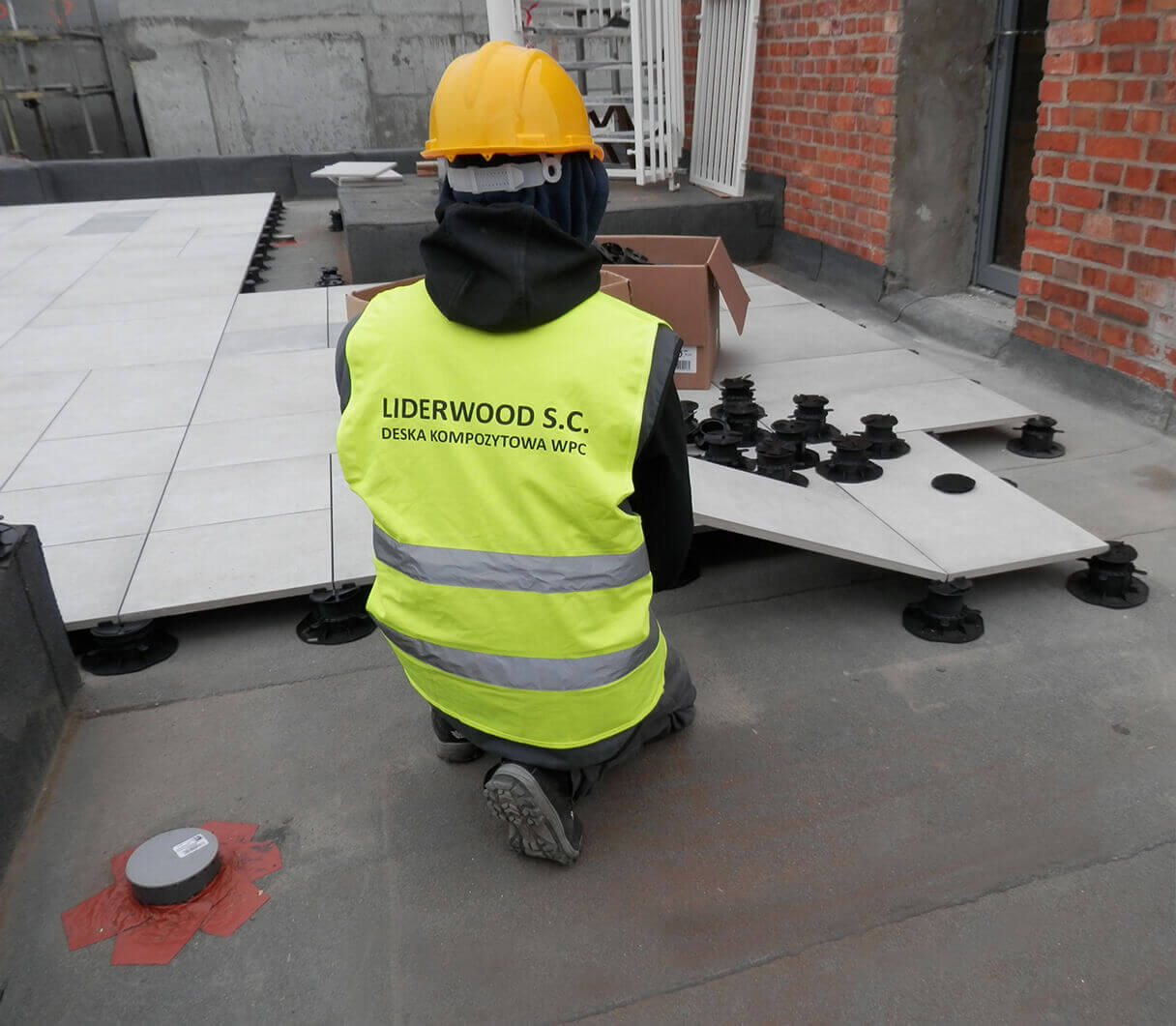
Ventilated terrace installation with porcelain stoneware tiles on pedestals
Self-leveling adjustable Flex pedestals have a special movable head, allowing for slope adjustment up to 5% and easy leveling of the tiles. As the name suggests, the terrace “self-levels.” This makes the installation of a ventilated terrace even easier. They also offer height adjustment:
- 25-30 mm,
- 30-45 mm,
- 45-80 mm,
- 75-156 mm,
- 150-230 mm.

Self-levelling adjustable pedestals for stoneware tiles
Which tiles to choose for the terrace?
Now that you know how to prepare the substrate and which pedestals to choose, you have a stable structure. The next step is to select the tiles. It is important that they are of uniform thickness — tiles with a thickness of 20 mm (2 cm) are often preferred. It’s best if they are not too large, with an optimal size of 60 x 60 cm.
Porcelain stoneware tiles are currently a popular trend, typically with these dimensions. They are made from a mixture of clay, kaolin, quartz sand, feldspar, and chamotte. The material is then pressed under pressure up to 800 kg/cm² and fired at temperatures up to 1300°C. Porcelain stoneware is characterized by low water absorption, making terrace tiles stain-resistant and easy to clean. The tiles’ patterns can imitate materials such as stone, concrete, and wood.

Construction of a ventilated terrace on adjustable pedestals made of Sierra Gray stoneware tiles (photo: Liderwod client)


